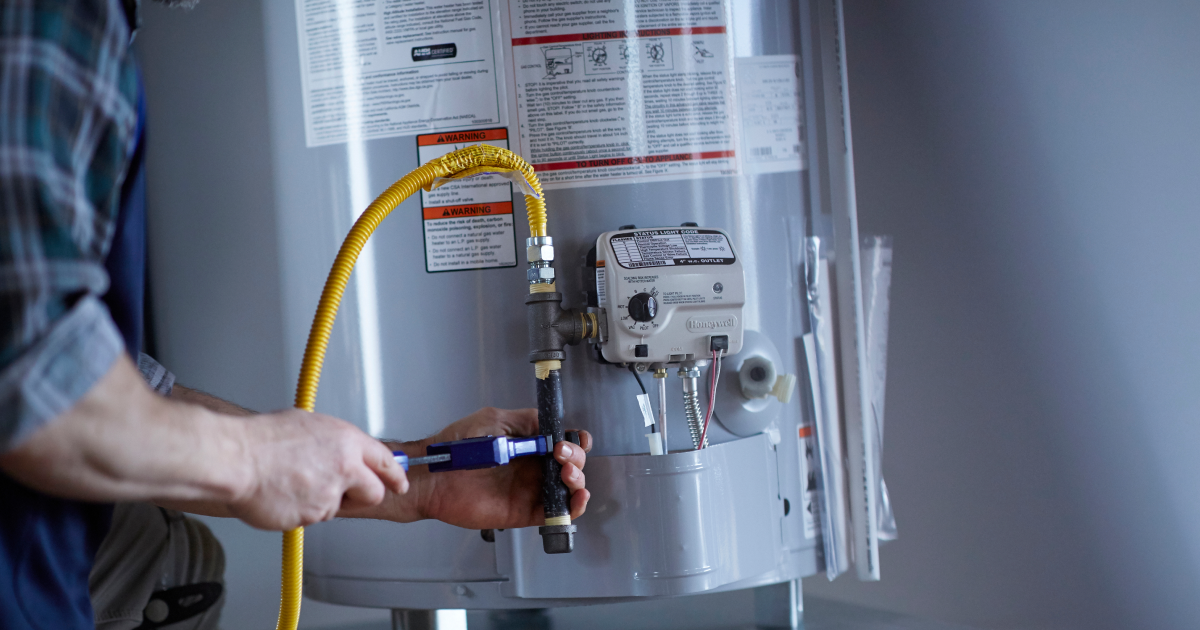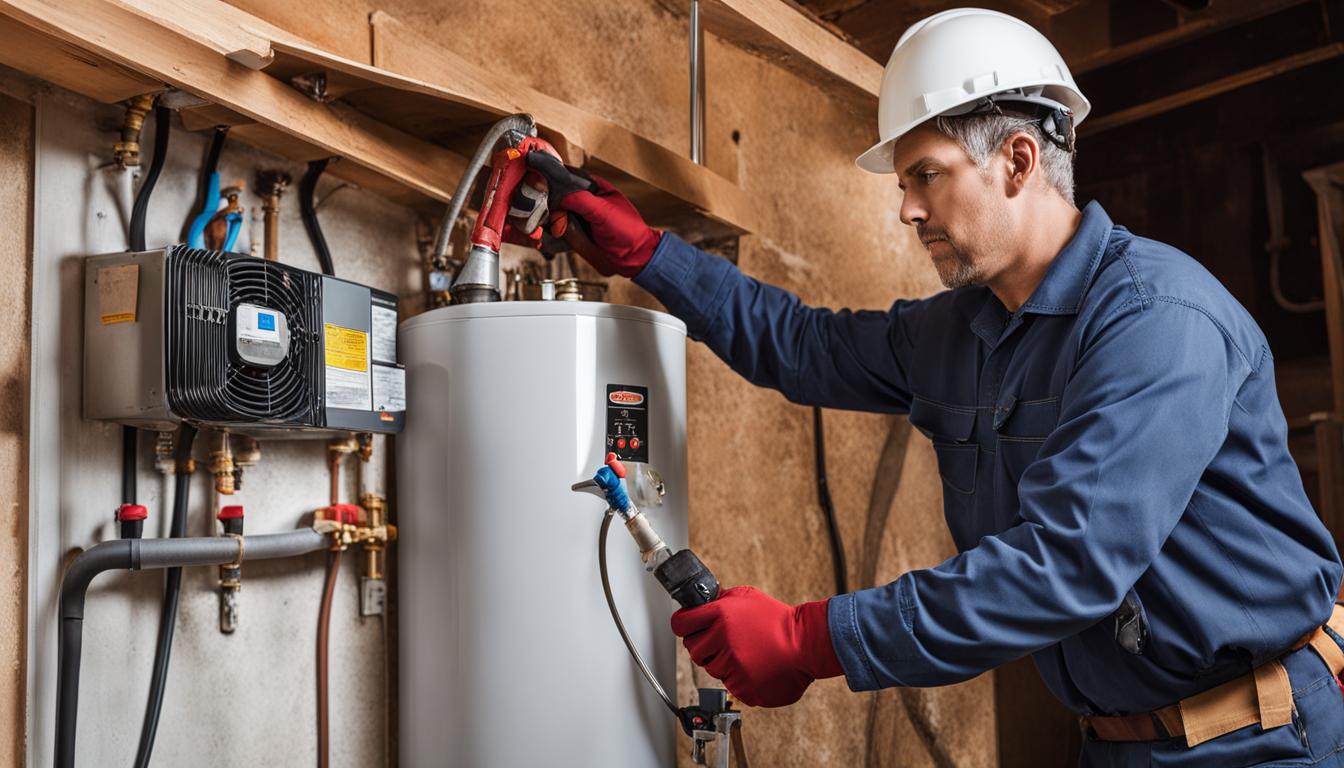Effective Techniques for Maintaining Your Home's Hot Water System
Effective Techniques for Maintaining Your Home's Hot Water System
Blog Article
They are making a number of great observations on Tips For Maintaining Your Hot Water Heater in general in this content on the next paragraphs.

Hot water is crucial for everyday convenience, whether it's for a rejuvenating shower or cleaning dishes. To guarantee your hot water system runs efficiently and lasts longer, regular upkeep is essential. This write-up offers practical ideas and insights on just how to keep your home's warm water system to prevent disruptions and costly repairs.
Introduction
Preserving your home's warm water system might seem daunting, yet with a couple of basic actions, you can guarantee it operates efficiently for many years ahead. This guide covers everything from recognizing your warm water system to do it yourself maintenance suggestions and knowing when to employ specialist help.
Significance of Preserving Your Warm Water System
Normal upkeep not only prolongs the life-span of your warm water system yet also ensures it operates effectively. Neglecting maintenance can result in reduced effectiveness, greater power costs, and also premature failure of the system.
Signs Your Hot Water System Requirements Upkeep
Recognizing when your warm water system requires interest can protect against major issues. Look out for indications such as irregular water temperature level, strange noises from the heater, or rusty water.
Purging the Hot Water Heater
Purging your water heater eliminates debris build-up, boosting efficiency and lengthening its life.
Monitoring and Changing Anode Rods
Anode rods avoid deterioration inside the container. Evaluating and changing them when worn is vital.
Complicated Problems Needing Expert Assistance
Examples consist of significant leakages, electric issues, or if your water heater is constantly underperforming.
Routine Professional Upkeep Conveniences
Expert maintenance can include thorough evaluations, tune-ups, and guaranteeing compliance with safety and security requirements.
Examining and Adjusting Temperature Level Settings
Changing the temperature level setups makes sure ideal efficiency and safety.
DIY Tips for Upkeep
You can execute numerous upkeep jobs yourself to keep your hot water system in leading condition.
Checking for Leakages
On a regular basis inspect pipelines and connections for leaks, as these can lead to water damage and greater bills.
Comprehending Your Warm Water System
Prior to diving right into maintenance tasks, it's handy to comprehend the fundamental parts of your warm water system. Normally, this consists of the water heater itself, pipelines, anode poles, and temperature level controls.
Regular Monthly Maintenance Tasks
Regular month-to-month checks can assist catch minor problems prior to they rise.
Evaluating Stress Alleviation Valves
Checking the pressure relief valve ensures it functions properly and prevents excessive pressure buildup.
Insulating Pipelines
Protecting hot water pipelines decreases warmth loss and can save power.
When to Call a Professional
While do it yourself upkeep is useful, some issues need expert proficiency.
Final thought
Regular upkeep of your home's warm water system is vital for efficiency, durability, and expense financial savings. By complying with these pointers and knowing when to seek expert aid, you can make certain a trustworthy supply of warm water without unexpected disruptions.
Water Heater Maintenance: The Basics
Maintaining your water heater will ensure it operates efficiently and has a longer lifespan. Neglecting regular maintenance can lead to costly repairs and an even bigger chunk of your savings if you have to replace it sooner than necessary. But there’s good news: Most water heater maintenance tasks are relatively simple and easy for homeowners with basic DIY skills.
Flush the Water Heater
Over time, sediment and minerals can build up in the tank, reducing its efficiency and potentially causing damage. To flush the tank, turn off the power or gas supply, attach a hose to the drain valve near the bottom and open the valve to drain the water until it runs clear. Ideally, flush the tank annually.
Replace the Anode Rod
The anode rod is a sacrificial metal rod that helps prevent corrosion inside the tank. Inspect and replace it every three to five years or per the manufacturer's recommendation. To replace the anode rod, turn off the power or gas supply, drain a few gallons of water from the tank, unscrew the old rod and replace it with a new one. If the anode rod is significantly corroded or covered in calcium buildup, it's a sign the water heater may need to be replaced soon.
Tune-Up
A yearly tune-up can help identify potential issues and ensure your water heater operates at peak efficiency. This typically involves checking the thermostat, burner assembly (for gas heaters) and any other components specified by the manufacturer. During a tune-up, the technician may also clean the burner and adjust the pilot light (for gas heaters) or examine the heating elements (for electric heaters).
How to Maintain Your Water Heater
Insulate the tank. Insulating the tank can improve energy efficiency and reduce heat loss, saving you money on energy bills. You can purchase precut insulation blankets designed specifically for water heaters or use standard fiberglass insulation wrapped securely around the tank. Check the temperature. The recommended water temperature for most households is around 120 degrees Fahrenheit (49 degrees Celsius). Higher temperatures can increase energy costs and potentially cause scalding. Use a kitchen thermometer to check the temperature at the faucet nearest the water heater. Monitor water pressure. Excessive water pressure can strain the water heater and cause leaks or even tank failure. Install a pressure-reducing valve if necessary. The ideal water pressure range is between 60 and 70 PSI (pounds per square inch). Test the temperature and pressure (T&P) relief valve. The T&P relief valve is a safety feature that releases pressure if the tank gets too hot or the pressure builds up too high. Test it annually by lifting the lever and allowing a small amount of water to release. Replace the valve if it doesn't release water or reseal properly. Check for leaks. Regularly inspect the tank, pipes and fittings for leaks or corrosion. Deal with issues promptly to prevent further damage. Even a small leak can lead to significant water damage over time. Consider a tankless water heater. If your traditional tank-style water heater is nearing the end of its lifespan ( typically 10 years), consider replacing it with a tankless water heater. These units heat water on demand, reducing standby energy losses and potentially saving you money on your energy bills. Schedule professional maintenance. While homeowners can perform many water heater maintenance tasks, it's still a good idea to schedule professional maintenance every few years. A plumber or HVAC technician can thoroughly inspect the unit, identify potential issues and ensure it operates safely and efficiently. https://www.homeserve.com/en-us/blog/home-improvement/hot-water-heater-maintanence/

We had been made aware of that editorial about How to Maintain a Hot Water Heater in a Few Simple Steps from an acquaintance on another site. Sharing is caring. You just don't know, you may be helping someone out. Thank-you for going through it.
Call Today Report this page